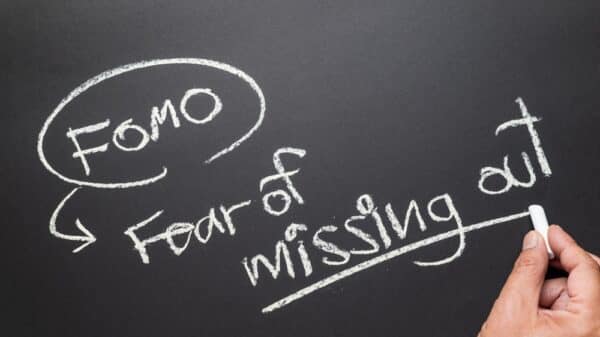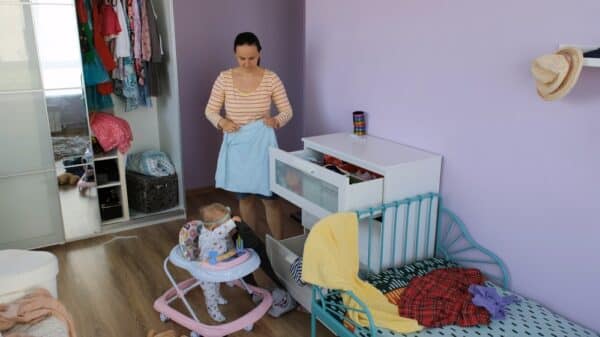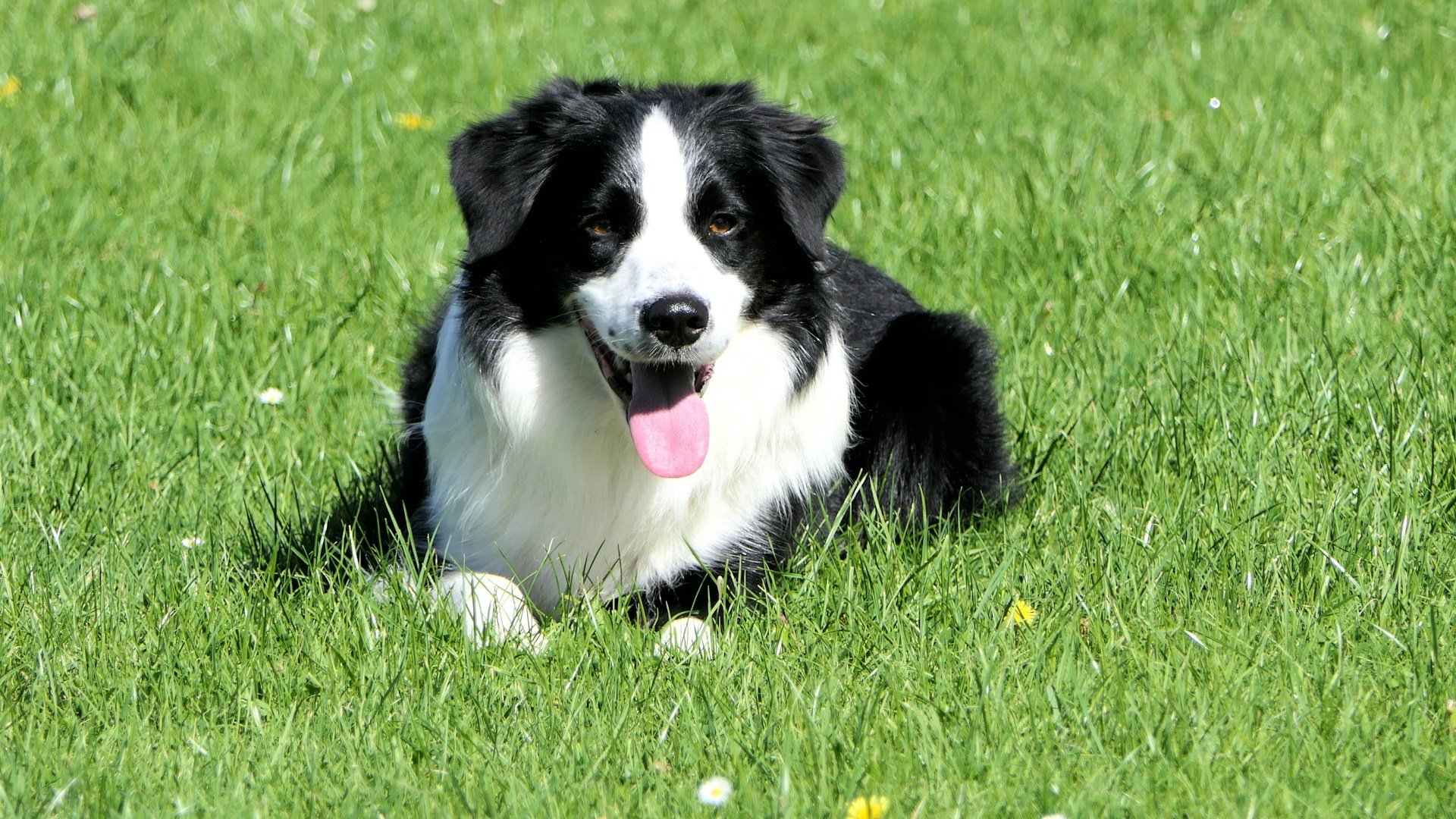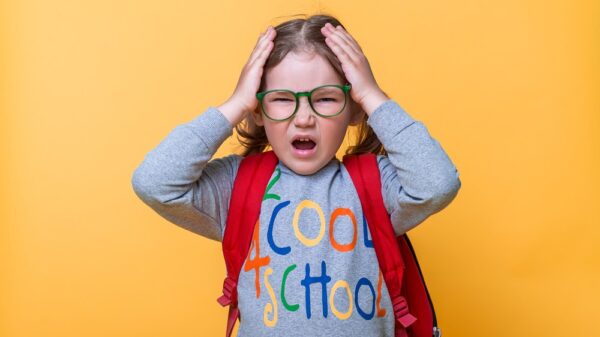There are few things better than a dog. Whether your pup is an enthusiastic little bundle of joy or a more reserved companion, they have an uncanny ability to express their feelings. This honesty can be heartwarming, yet it can also lead to moments of confusion. Think about it: you come home from a long day at work, expecting to be welcomed with happy barks and wagging tails. Instead, you find your furry friend peeking around the corner with their ears drooped. It’s a scene all too familiar. “Uh-oh, what did you get into?” I often find myself wondering as I approach the door.
Maybe it’s a torn-up roll of toilet paper strewn about the living room or a tube of toothpaste that looks more like a crime scene than a bathroom accessory. The guilt on their face can be painfully adorable, but it raises an interesting question: do dogs even know when they’re in trouble? Or when they’re parading around with something they shouldn’t be?
The short answer? Kind of—but not in the way we might think. According to Ali Smith, a canine behavioralist and the founder of Rebarkable, “No, dogs don’t know they’re ‘in trouble’ — they gauge it based on our reactions.” That’s right! Our furry companions primarily communicate through body language, and they’re pros at picking up on subtle cues from us. The moment you set foot inside the door, your pup might sense a shift in your posture or tone, especially when you start frowning at the mess they’ve made.
Let’s face it: dogs are incredibly attuned to our emotions. So, when they see you staring at that shredded bathroom tissue with raised eyebrows, they don’t exactly think, “Oh no, I shouldn’t have done that.” Instead, they react to how you feel. They may just want to make sure you’re not upset with them.
Now, if your pup gives you those big, soulful eyes and slinks away when you catch them in the act, it’s easy to conclude they’re feeling guilty. But this is where it gets a bit nuanced. Smith explains that what many of us interpret as “guilt” is less about them feeling remorse and more about them responding to your emotions. “When people describe their dogs looking guilty, it’s often because the human seems scary,” she points out. So, that pitiful look in their eyes might just be a way of them trying to figure out if you’re about to lose your cool.
Does that make you feel a bit guilty for getting frustrated? It does for me! Humans have to remember that a dog operates on instinct rather than an understanding of human language. Sally Grottini, a dog behavior expert, shares insights on this: “Dogs don’t grasp English unless we teach them specific commands and associate actions with those commands.” Think about it: if you want your dog to sit, you have to show them what that means through consistent training and rewards. It’s not as simple as saying the word and expecting them to understand.
So, when we think about “trouble,” it’s not a concept that registers for them. Grottini emphasizes that canine behavior often actually reflects a dog’s need to meet basic instincts and take care of themselves. If you come home to find your favorite shoes chewed up or a pile of trash scattered across the floor, your dog isn’t trying to be mischievous. They might just be bored or looking for something to entertain themselves.
It’s crucial to understand that our reactions when we discover the mess matter a lot. If you’re upset, your dog might sense it through your tone and body language. They may cower or look apologetic, not necessarily because they understand what they did was wrong, but because they’re sensing your frustration.
To prevent these situations, creating a safe, engaging environment for your dog is vital. Ensure they have access to plenty of water, regular potty breaks, and stimulating toys to keep their minds occupied. Of course, accidents will happen from time to time, but consistent training and positive reinforcements can work wonders—without resorting to scolding or scaring your dog.
Ultimately, it’s important to remember that dogs are driven by instinct, not emotions in the way we apply them. Grottini reminds us that dogs aren’t inherently naughty; they’re just trying to navigate their world. So, the next time your ingenious little furball gets into mischief, remember: they don’t really know they’re in trouble. They just know your mood has shifted—and who would want to be mad at that sweet little face staring back at you?
Image Source: Unsplash



































